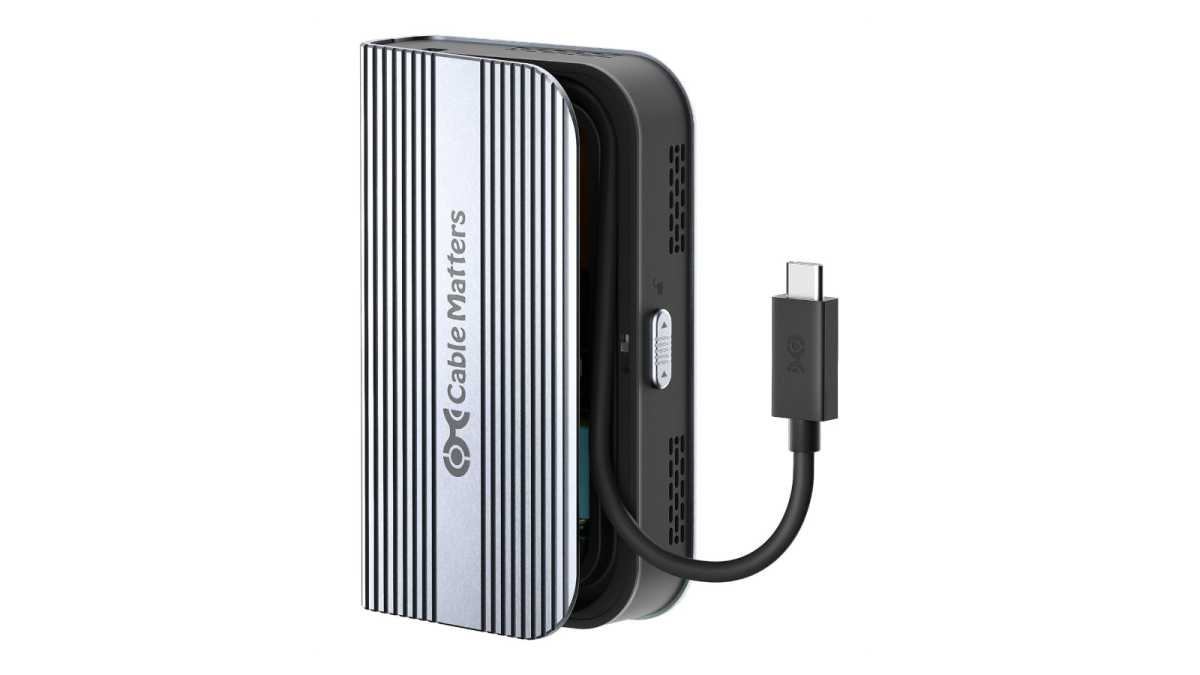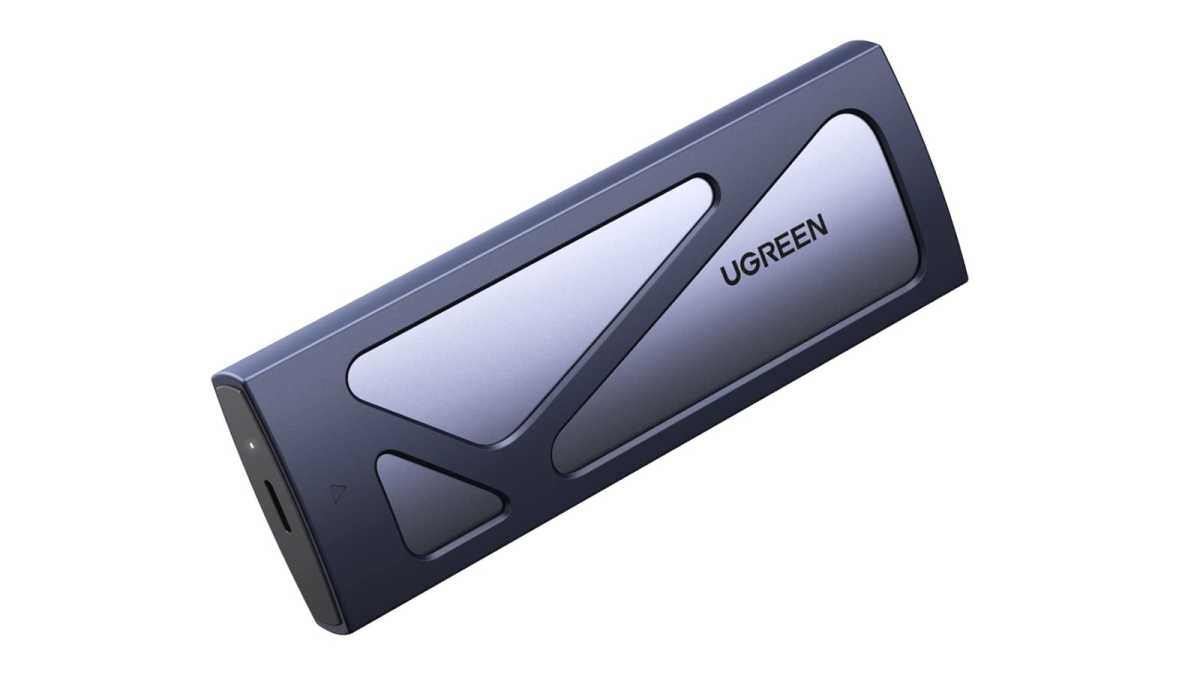How to make your own external SSD
It’s a lot easier to make your own external SSD than you might think. You don’t need much experience or any special tools.
First, get yourself an SSD. Avoid 2.5-inch SATA drives, which are affordable but older, larger, and slower without being that much more cost-effective than NVMe drives. (If you don’t know what to buy, check out our best SSD recommendations.)
You don’t need to worry about getting the fastest drive, by the way. The speed will likely be bottlenecked by the enclosure, anyway. But if you want a future-proofed drive, our favorite PCIe 4.0 SSD is the 2TB Solidigm P44 Pro. There’s also the 2TB WD Blue SN5000 for a more budget-friendly pick. And if you need compatibility with older machines, the 2TB Crucial P3 is a solid choice for a PCIe 3.0 SSD.
Once you’ve picked your SSD, you can start looking for enclosures. The enclosure will have a big impact on the SSD’s performance, so make sure you get one that’s compatible with your drive.
We recently tested the Ugreen CM642 enclosure, which is on the pricier side but offers fast USB4 and Thunderbolt 4 connectivity. (I’ve actually gone hands-on with the Ugreen CM642 plus my own Silicon Power US70 and Corsair MP400 drives, which you can read about below.) Alternatives with USB4/Thunderbolt 4 support include this Cable Matters 40Gbps enclosure and this Orico 40Gbps enclosure.

Cable Matters
While these USB4/Thunderbolt 4 enclosures fill in the higher end of the market, there are plenty of cheaper options as well. I personally have the Orico TCM2, which is a slower 10Gbps enclosure but currently available for $25. An even cheaper option is this Ugreen 10Gbps enclosure.

Ugreen
Once you have an SSD and an enclosure, you just have to assemble them — and the enclosure should come in instructions for that.
Assembly will likely mean popping open the enclosure, maybe removing a screw in the process, then following the standard SSD installation process. Once the drive is in, close it up by reversing the opening process and you’re good to go! (Some SSDs may require formatting before you can use them, but that’s also a simple process.)



